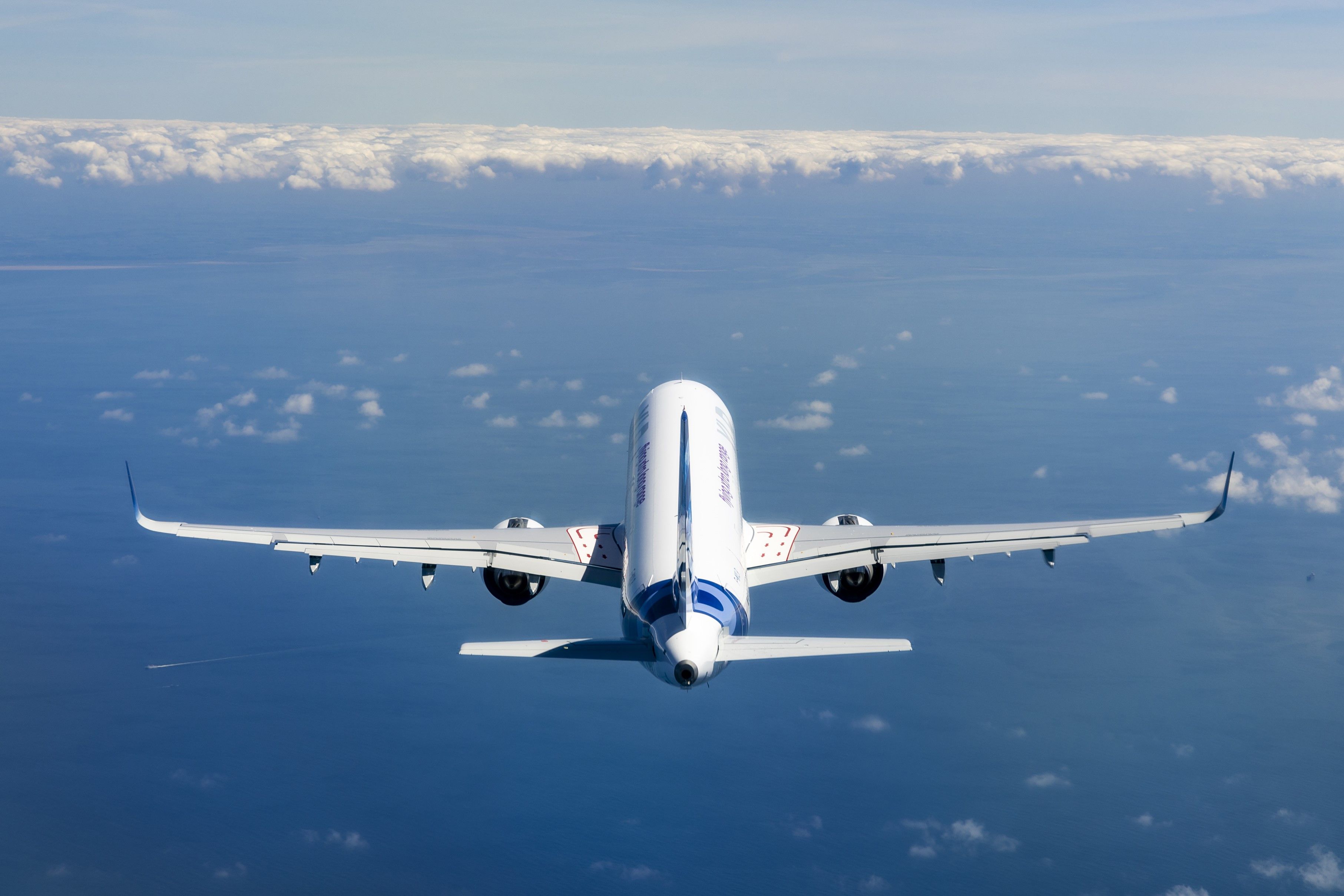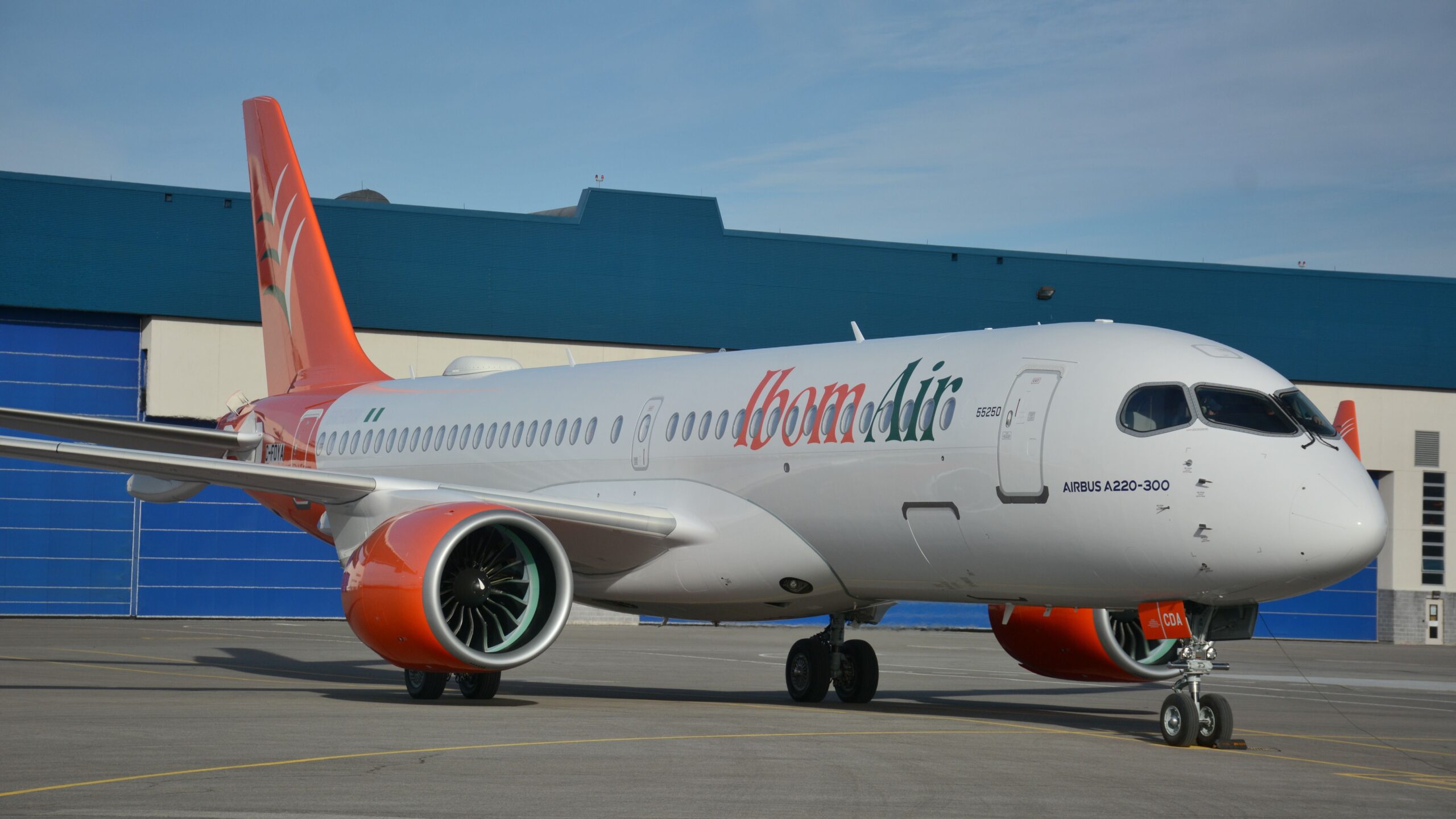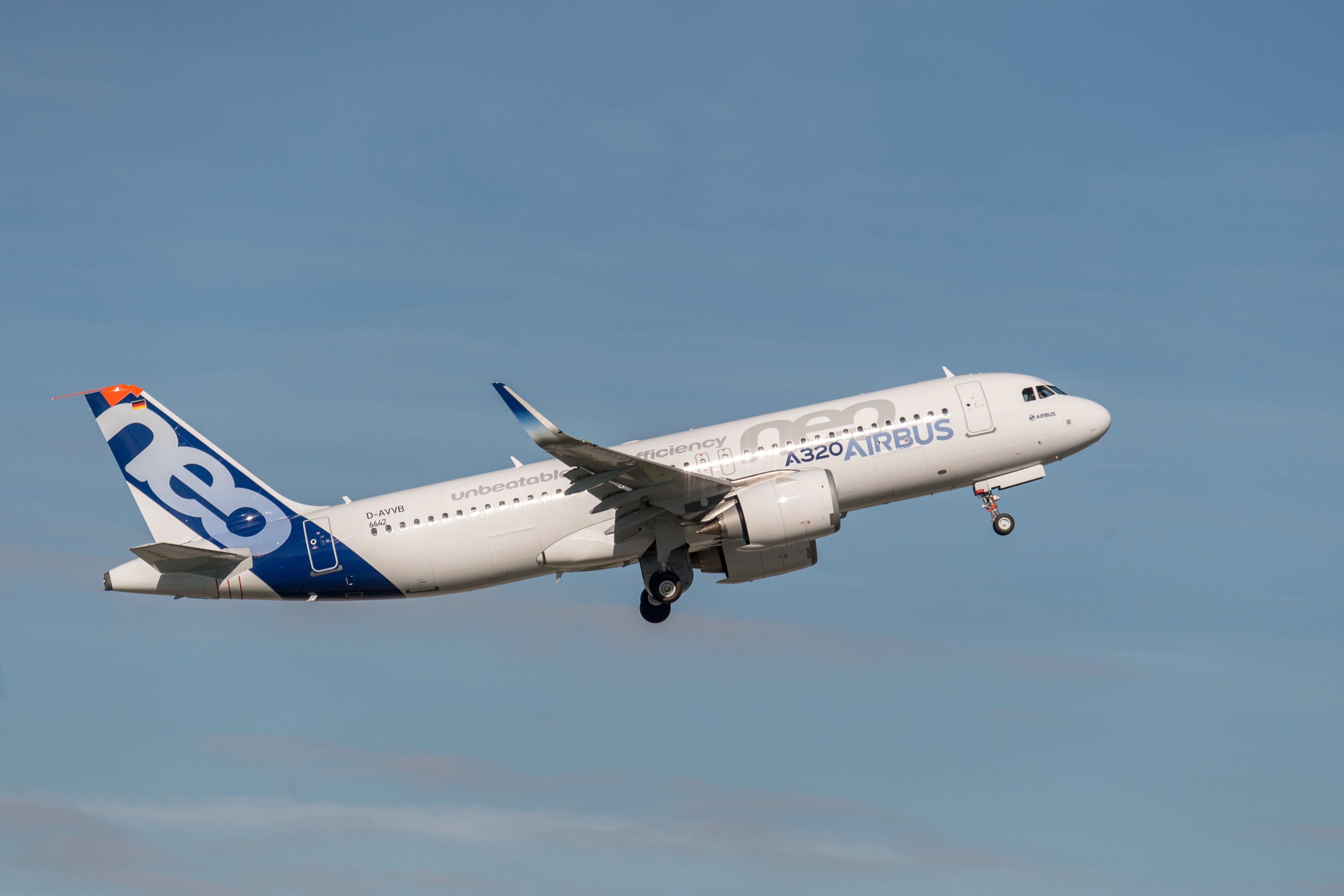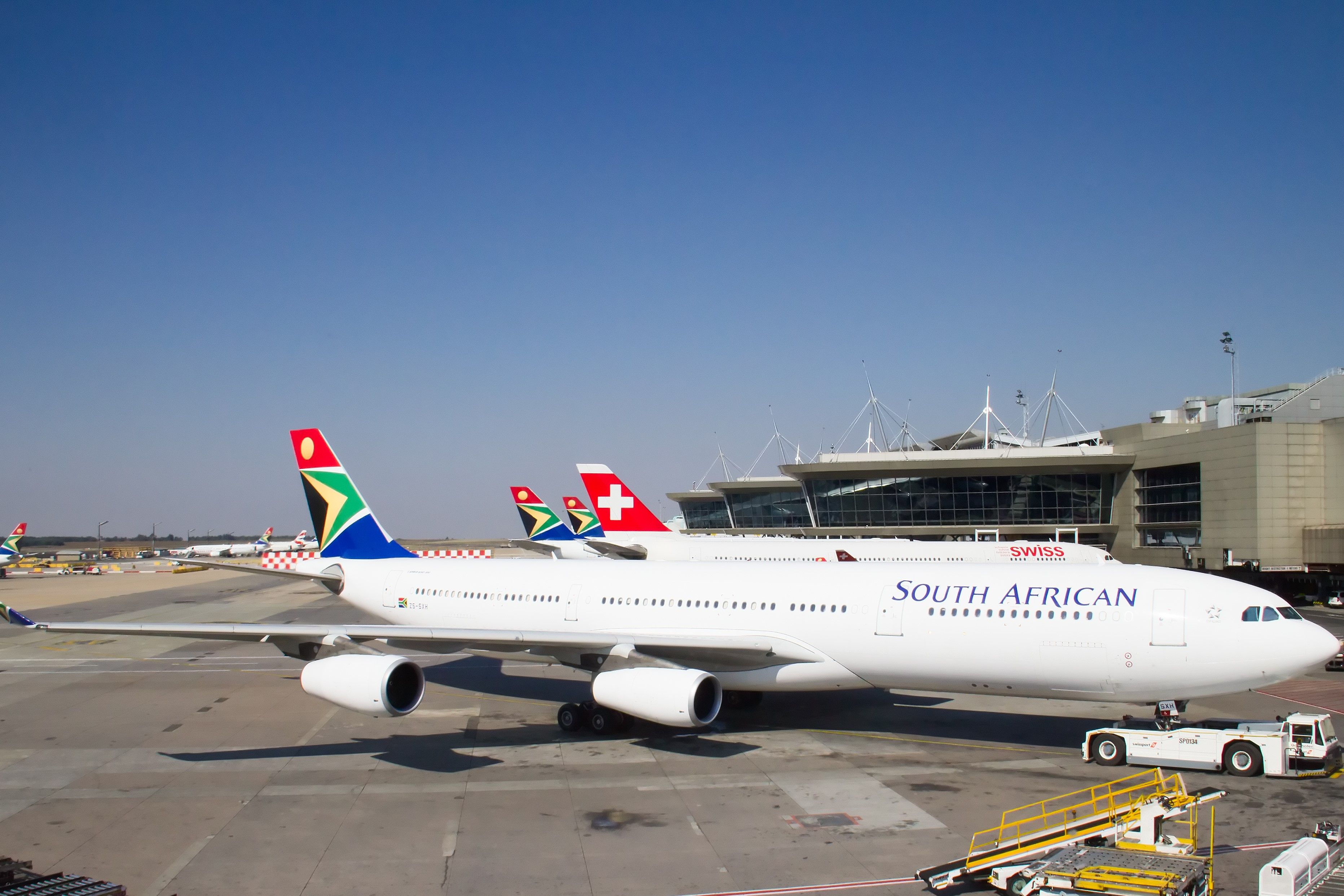Summary
- Airbus sees Nigeria as a key untapped market due to its large population and GDP.
- African airlines will need up to 1,180 new aircraft by 2042, with a strong focus on single-aisle jets.
- Airbus expects African airlines to have a mix of A220 and A320 family aircraft, with the A321XLR potentially unlocking new long-haul opportunities.
With African airlines expected to grow their fleets significantly over the next 20 years, Airbus sees Nigeria as one of Africa’s biggest untapped markets, given its population size and Gross Domestic Product (GDP). Additionally, the growth of intra-Africa traffic is driving the demand for single-aisle aircraft on the continent.
Untapped opportunities in Nigeria
Last year, Airbus released its Global Market Forecast (GMF) for Africa, highlighting the continent’s aircraft requirements between 2023 and 2042. While the forecast is unconstrained, the manufacturer predicts that African airlines will require up to 1,180 new aircraft over the next twenty years. Nigeria alone will need about 160 new passenger and cargo aircraft by 2042.
According to Airbus Airline Marketing Director – Africa, Joep Ellers, the manufacturer sees significant demand for new aircraft in Nigeria. It is one of the biggest markets with untapped potential, given its population size and GDP, which ranks in the top five in Africa. Speaking to Simple Flying at the recent IATA Wings of Change Focus Africa event in Johannesburg, Joep Ellers said,
“One of the biggest markets in Africa with the biggest untapped potential is Nigeria. It is the most populous country and has one of the highest GDP, depending on who you talk to, so there is definitely a huge demand in Nigeria.”
The West African country also has a massive potential for Maintenance, Repair, and Overhaul (MRO) services, which will be essential to the aviation sector’s growth, safety, and longevity. The development of MRO services in Nigeria will help generate additional revenue and reduce aircraft maintenance costs for airlines. Nigeria’s Ibom Air recently became the first operator of the Airbus A220-300 in the country after receiving its first aircraft from the order of ten placed in 2021.
Trends and opportunities in Africa
The African aviation sector is characterized by four distinct regions: North, East, West, and South. Regarding fleet development trends, Airbus sees slight differences in each region in the post-pandemic era. However, according to Ellers, most pre-pandemic fundamentals still exist today. Traffic growth in Africa is still being driven by GDP growth, which is higher than the world average, population growth, urbanization, growth of the middle class, and liberalization.
Photo: Selivanov | Shutterstock
From the 1,000+ new aircraft expected to be delivered through 2042, about 75% of new deliveries will be single-aisle jets. The demand for single-aisles is driven by the growth of intra-Africa traffic, which is expected to increase by 4.8% over the next 20 years. African airlines are more focused on flying within the continent, with some deploying single-aisle jets on regional routes of up to six hours. Joep Ellers added,
“The main business of African carriers is on the African continent. If you take all the intercontinental flights coming into Africa, more than 80% of those flights are operated by non-African carriers. Therefore, we see that in our forecast, where three-quarters of the demand is focused on single-aisles and one-quarter on widebodies.”
In terms of specific aircraft types, Airbus expects African airlines to have a “healthy” mix of single-aisle jets, from the smaller A220s to the larger A321neos and the extended range A321XLR. Given the differences in each market, orders and deliveries will depend on each airline’s requirements in terms of size module.

Related
AirAsia X Targets Airbus A321XLR Flights To Mombasa, Zanzibar & More African Destinations
AirAsia X has officially launched flights to Nairobi, its first destination in mainland Africa.
The Airbus A321XLR could unlock new long-haul opportunities for Africa, working for airlines that don’t operate widebodies but still want to offer long-haul services. It could also address seasonality, with airlines operating the XLR during the low season. While there haven’t been any orders yet, Airbus has seen some interest from African airlines for the XLR. It expects to see more interest once the first aircraft enters service with Iberia later this year.



